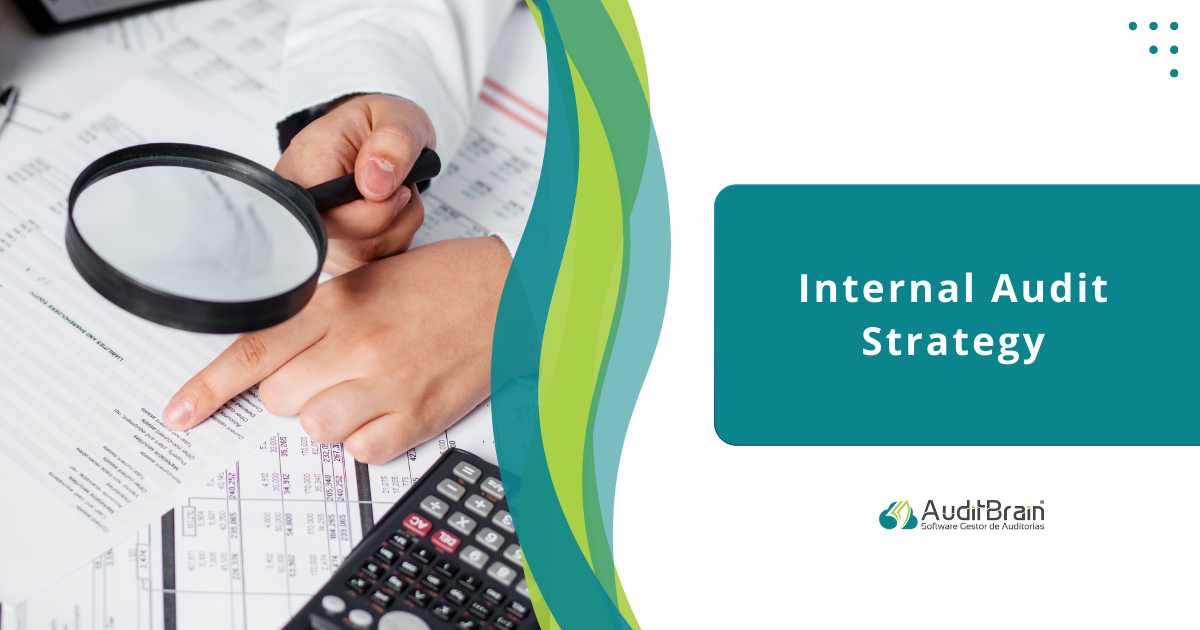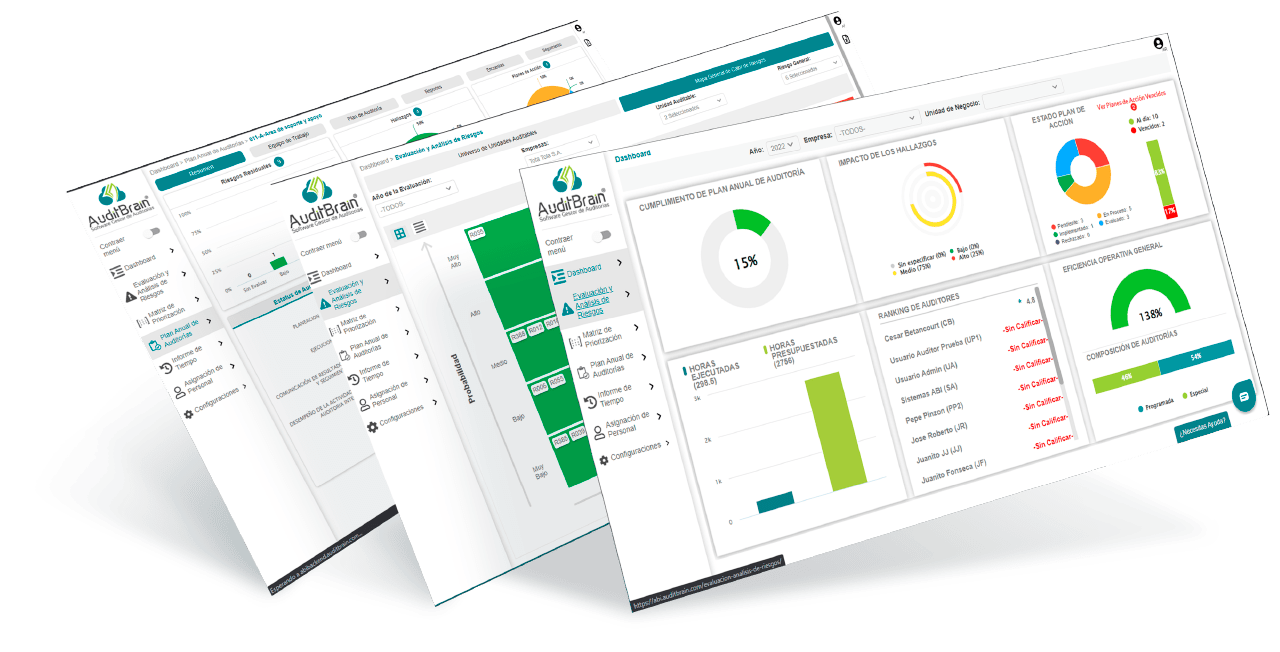Implementing internal audit management software provides a strategic advantage for aligning with the Standards set out in Domain IV of the International Professional Practices Framework (IPPF)—particularly for the strategic planning of the internal audit function. This type of software efficiently consolidates information on governance, risk management, and internal control, enabling structured decision-making.
Principle 9: Plan Strategically
Strategic planning for internal audit can be aligned with the IPPF when the chosen audit management software is used appropriately to support practices established in the Standards. Strategic planning is essential to fulfill the function’s mandate and align internal audit activities with the organization’s objectives.
Below is how audit management software helps ensure strategic planning meets the IPPF’s requirements—specifically Standards 9.1, 9.2, 9.3, 9.4, and 9.5:
Standard 9.1: Understand Governance, Risk Management, and Control Processes
Specialized software helps the Chief Audit Executive (CAE) maintain a clear view of the maturity of governance, risk management, and control processes. With relevant, current information, the CAE can develop more accurate risk/control matrices and quickly identify areas requiring attention or improvement—enhancing both efficiency and effectiveness.
Standard 9.2: Internal Audit Strategy
The CAE is expected to develop and execute an internal audit strategy aligned with the organization’s strategic objectives. Software facilitates this by enabling:
- Alignment to enterprise strategy: Integrate and reference the organization’s strategic objectives so the annual and multi-year audit strategy supports them.
- Risk identification and assessment: Document and assess strategic, operational, and financial risks the organization faces.
- Continuous review: Support periodic reassessment and adjustment of the internal audit strategy as conditions change.
Standard 9.3: Methodologies
The CAE should implement systematic, disciplined methodologies to guide internal audit. Software supports this by:
- Process optimization: Embedding standardized templates and workflows so planning, risk assessment, fieldwork, documentation, and reporting follow defined methodologies.
- Better resource allocation: Providing visibility into priorities and capacity so the CAE can allocate resources to maximize impact and avoid duplication. Audits can be planned and sequenced by strategic importance.
Standard 9.4: Internal Audit Plan
The CAE must develop an internal audit plan that supports organizational objectives and is based on a documented risk assessment. Software enables:
- Risk assessment and prioritization matrix: A structured, auditable assessment of risks that feeds the plan, plus a prioritization matrix to monitor how Auditable Units and their Criticality Levels evolve over time.
- Risk-based execution: Create and manage risk-based engagements so resources focus on the areas of highest priority.
- Documentation and monitoring: Centralize plan documentation, keep it current, and monitor plan progress in real time to support oversight and timely adjustments.
Standard 9.5: Coordination and Reliance
The Standards emphasize coordination with other assurance providers (internal and external). Software supports this by:
- Integrating internal and external work: Facilitate coordination, reliance, and shared visibility (e.g., uploading and evaluating external providers’ reports and incorporating their work into overall analysis).
Conclusion
When used appropriately, audit management software is a powerful enabler for aligning strategic planning with the IPPF. By integrating strategic objectives, standardizing methodologies, assessing and documenting risks, and improving coordination with other assurance providers, the software directly supports Standards 9.1–9.5. The result is greater efficiency, transparency, and agility in executing the internal audit strategy—helping the function fulfill its mandate effectively and in alignment with organizational objectives.

